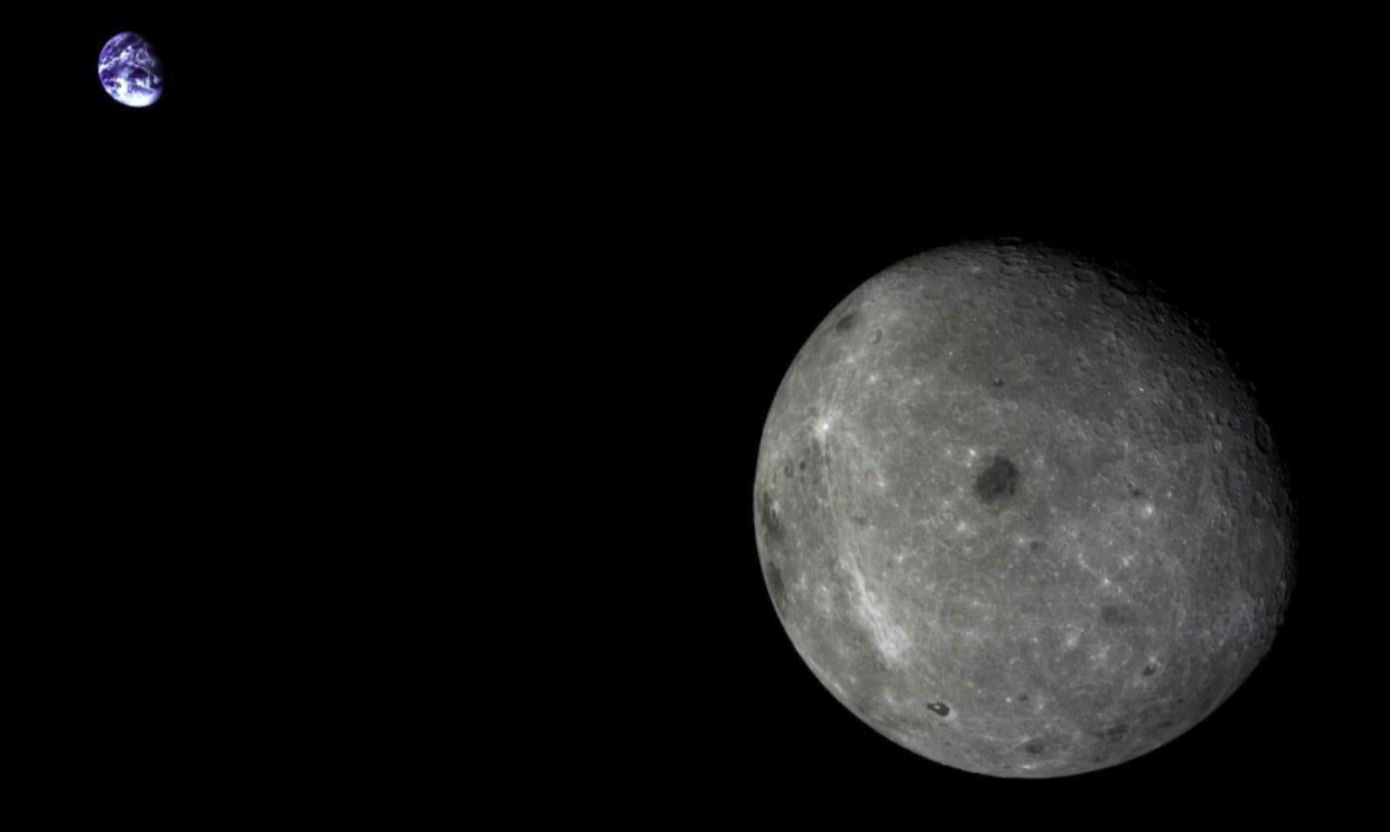HELSINKI — Tracking data appears to show China is attempting to salvage spacecraft initially intended for the moon but left stranded by a rocket stage malfunction.
The small DRO-A and B spacecraft launched from Xichang spaceport on a Long March 2C rocket March 13. Hours later, the first acknowledgement of the mission came from Chinese state media Xinhua, which announced that the spacecraft had not been inserted accurately into their designated orbit by the rocket’s Yuanzheng-1S upper stage.
“The upper stage encountered an abnormality during flight, causing the satellites to fail to accurately enter the preset orbit,” Xinhua stated. “Relevant disposal work is currently underway,” it added, citing Xichang launch center.
Data from the U.S. Space Force’s 18th Space Defense Squadron (SDS) initially showed objects associated with the launch in low Earth orbit (LEO). However, subsequent Two Line Element (TLE) data sets, a mathematical representation of a satellite’s mean orbit, from 18 SDS show an object from the launch (international designator 2024-048A) in a 525 x 132,577-kilometer, highly-elliptical, high Earth orbit. This has since been raised, with the spacecraft tracked in a 971 x 225,193-km orbit on March 26.
This indicates that at least one satellite, and perhaps both—if still attached to one another—separated from the upper stage, and that the object’s orbit has been raised.
“We don’t know much, but I think we can say from the tracking data that the payload(s) separated from the YZ stage, and has made at least one orbit raising burn which indicates an attempt to save the mission,” space activity tracker and astrophysicist Jonathan McDowell told SpaceNews.
Neither state media nor China’s space authorities stated that DRO-A and B were intended to be moon-bound. However, a 2023 journal paper on high-precision relative navigation technology for satellites of the same name indicates the pair are intended to enter a distant retrograde orbit (DRO) around the moon. The orbital data now confirm this.
Destination: distant retrograde orbit
The DRO-A and B pair are designed to communicate from distant retrograde orbit with another satellite, named DRO-L, in LEO. DRO-L launched on a Jielong-3 rocket in February. A DRO is a high lunar orbit that moves in the opposite direction to the moon’s rotation around Earth.
China has yet to provide an update on the DRO-A and B satellites. It is possible that a next orbit-raising burn, when the spacecraft is at perigee, or its closest approach to Earth, could raise its apogee, or farthest point from Earth, to lunar distance.
The spacecraft would then need to perform another burn to enter its intended lunar orbit. It is unknown how much the unplanned use of propellant for raising its orbit to reach the moon will impact the mission.
An update on the mission may come if and when the satellite or satellites enter their original planned lunar orbit. The closed nature of the mission in information terms contrasts with the openness while Astrobotic’s Peregrine lander suffered issues during its ill-fated lunar mission.
The DRO-A/B mission does not appear to be a major part of China’s lunar plans and its loss would not have a big impact on the country’s exploration program. It is rather a technology and orbit-testing mission that could play a role in its wider lunar ambitions to establish lunar navigation and communications infrastructure to support lunar exploration.
It is also not the only new Chinese lunar mission. The Queqiao-2 lunar communications relay satellite launched March 19 as a precursor to the Chang’e-6 lunar far side sample return mission, due to launch in May. Two smaller satellites, named Tiandu-1 and Tiandu-2, were aboard the launch as pathfinders for wider Queqiao constellation plans.
Related

Dr. Sarah Adams is a scientist and science communicator who makes complex topics accessible to all. Her articles explore breakthroughs in various scientific disciplines, from space exploration to cutting-edge research.






/cdn.vox-cdn.com/uploads/chorus_asset/file/25255185/246965_vision_pro_VPavic_0001.jpg)